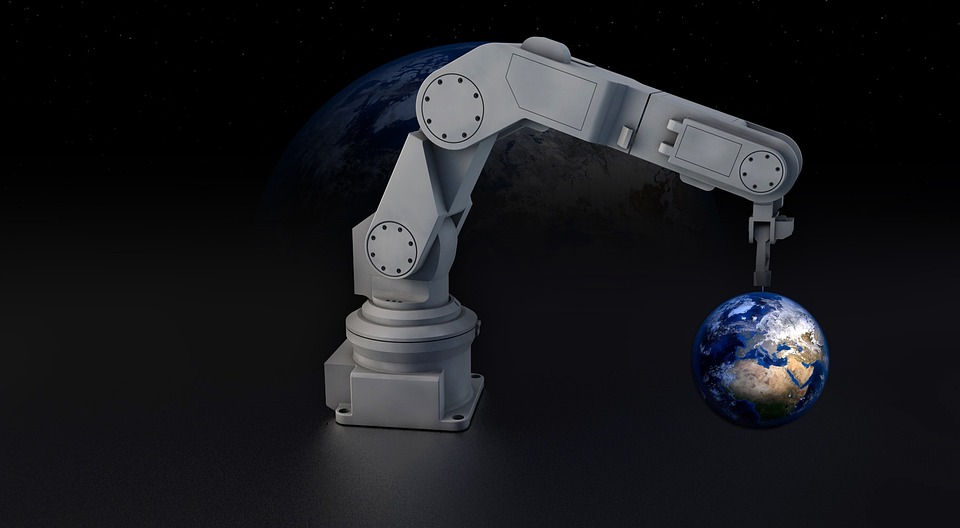In the rapidly evolving landscape of technology, few pairings have shown as much promise and potential as robotics and artificial intelligence (AI). Together, these fields are driving innovation, transforming industries, and reshaping society in ways that were once the realm of science fiction. As we delve into how robotics and AI are complementing each other and creating a transformative impact on our lives, it’s essential to recognize the ways in which this dynamic duo is shaping our future.
The Convergence of Robotics and AI
At its core, robotics is the engineering field concerned with the design, construction, operation, and application of robots. AI, on the other hand, refers to the simulation of human intelligence processes by machines, particularly computer systems. When combined, these disciplines create intelligent machines that can perform complex tasks autonomously.
-
Autonomous Vehicles: One of the most visible applications of this combination is in the development of autonomous vehicles, which utilize AI algorithms for decision-making and robotics for physical movement. Companies like Tesla and Waymo are pioneering technology that allows vehicles to navigate roads, recognize obstacles, and adapt to unpredictable conditions, all while enhancing safety and efficiency.
-
Manufacturing Automation: In manufacturing, AI-driven robotics systems have revolutionized production lines. Collaborative robots, or cobots, work alongside human workers to streamline operations, reduce errors, and increase productivity. These AI-enhanced robots can learn from their environments, improving their performance over time and adapting to varying tasks without extensive reprogramming.
- Healthcare Solutions: In healthcare, robotic systems powered by AI are helping with surgical procedures and patient care. Surgical robots, equipped with AI for precision and analytics, assist surgeons in conducting complex operations, minimizing invasiveness and recovery time. Moreover, AI algorithms can analyze vast amounts of medical data to diagnose diseases, predict patient outcomes, and even personalize treatment plans.
Enhancing Human Capabilities
One of the most significant aspects of robotics and AI is their potential to enhance human capabilities. By taking over repetitive, hazardous, and physically demanding tasks, these technologies allow humans to focus on more complex and cognitively demanding activities. In the workplace, this shift could lead to increased job satisfaction, creativity, and innovation.
For instance, in sectors like agriculture, AI-powered drones equipped with robotics can monitor crop health and optimize resource usage, aiding farmers in making informed decisions that increase yield and sustainability. Similarly, in hazardous environments like disaster zones, robots can perform search and rescue operations where human presence would be too risky.
Ethical Considerations and Challenges
Despite the numerous advantages of robotics and AI, their integration into our daily lives is not without challenges and ethical dilemmas. Concerns about job displacement, privacy, and decision-making transparency must be addressed. The potential for biased algorithms, which could perpetuate inequality, is another critical issue that requires ongoing scrutiny and regulation.
To harness the benefits of this technological duo responsibly, collaboration among technologists, ethicists, policymakers, and the public is essential. Developing frameworks that prioritize ethical guidelines will be crucial in ensuring that these innovations serve humanity positively.
The Future Landscape
As we look ahead, the synergy between robotics and AI promises to bring about transformative changes across various sectors. With advancements in machine learning, sensor technology, and materials science, we can expect to see more sophisticated robots capable of performing tasks in uncertain environments, learning from experience, and interacting safely with humans.
Moreover, the ongoing research into human-robot collaboration is set to create environments where humans and machines can work alongside each other seamlessly, ultimately redefining the future of work.
Conclusion
The partnership between robotics and AI is one of the defining technological advancements of our time. As they continue to evolve and integrate into various aspects of our lives, their combined potential to improve efficiency, enhance capabilities, and transform industries is immense. Delivering on that potential will require careful navigation of ethical implications and a commitment to inclusivity. Embracing the future shaped by robotics and AI holds the promise of a more efficient, innovative, and equitable world—one that blends the best of human intelligence with cutting-edge technology.



